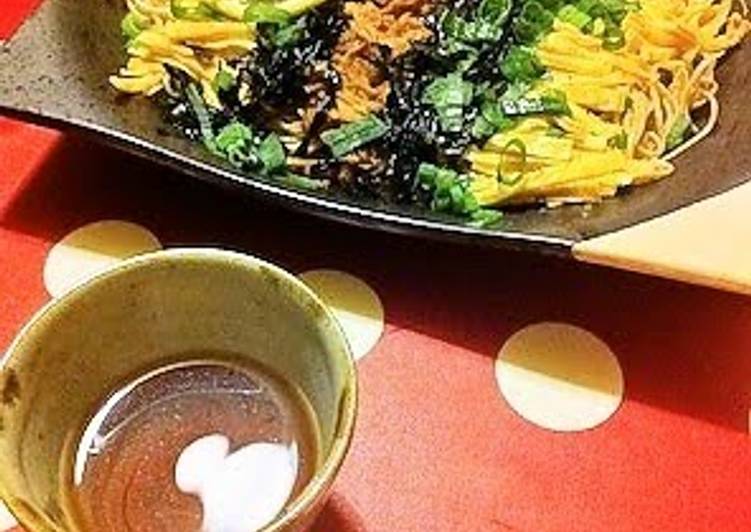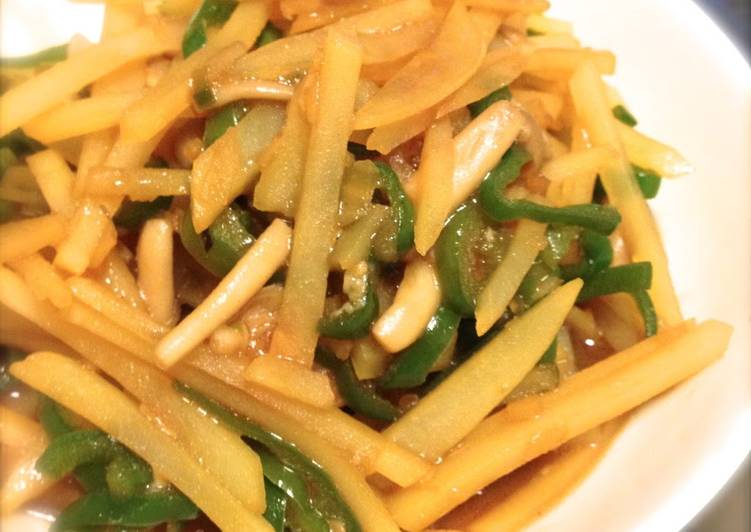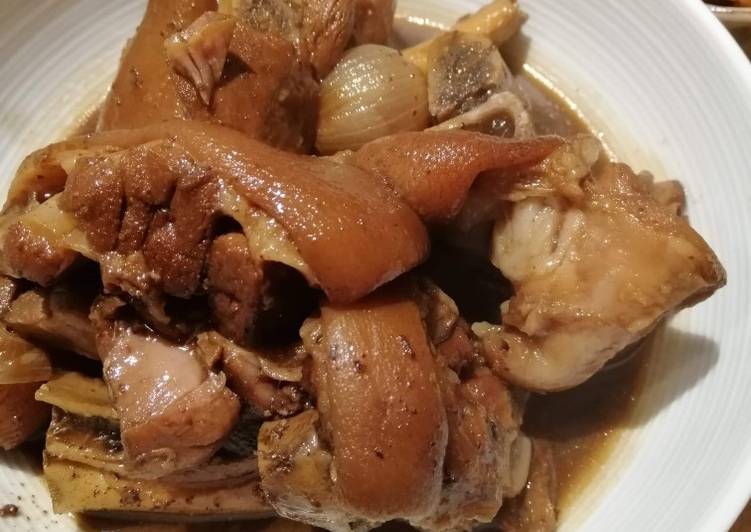
Hey everyone, hope you are having an incredible day today.it’s Rose Park. Today, I will show you a way to make a special dish, light but festive kawara-soba with tuna. One of my favorites food recipes. For mine, I will make it a little bit tasty. This will be really delicious.
When it comes to cooking, it’s very important to keep in mind that everyone else started somewhere. I do not know of a single person who was born with a wooden cooking spoon and all set. There is a lot of learning that needs to be completed as a way to be prolific cook and then there is definitely room for improvement. Not only would you need to begin with the basics in terms of cooking but you nearly need to start if learning to cook a new cuisine such as Chinese, Chinese, Thai, or Indian food.
This usually means at any given time on your cooking cycles there is quite probably someone somewhere that’s better and/or worse in cooking than you personally. Take advantage of this as the best have bad days when it comes to cooking. There are several men and women who cook for several reasons. Some cook as a way to eat and live while others cook because they actually enjoy the whole process of ingestion. Some cook through the times of emotional upheaval and others cook out of absolute boredom. No matter your reason behind cooking or learning to cook you need to always begin with the fundamentals.
First thing which you have to learn is what the different terminology you’ll discover in recipes actually means. There are lots of new and at times foreign sounding terms you will see in common recipes. These terms may mean the difference in recipe failure or success. You ought to find a way to find a fantastic section in virtually any inclusive cook book which explains different definitions for unknown speech. If you aren’t absolutely certain what’s meant by"folding in the eggs” it really is in your best interests to look this up.
You will also find as your own experience and confidence grows that you will see yourself more and more usually improvising while you go and adjusting meals to fulfill your personal preferences. If you prefer more or less of ingredients or want to make a recipe somewhat more or less hot in flavor that can be made simple adjustments along the way so as to attain this goal. Quite simply you will begin in time to create meals of one’s individual. And that’s something which you wont of necessity learn when it comes to basic cooking skills to novices but you would never know if you didn’t master those simple cooking skills.
Light but Festive Kawara-Soba with Tuna is one of the most well liked of current trending foods in the world. It is enjoyed by millions every day. It is easy, it’s quick, it tastes delicious. Light but Festive Kawara-Soba with Tuna is something which I’ve loved my entire life. They’re fine and they look fantastic.
To begin with this recipe, we must prepare a few ingredients. You can have light but festive kawara-soba with tuna using 18 ingredients and 8 steps. Here is how you can achieve it.
The ingredients needed to make Light but Festive Kawara-Soba with Tuna:
- Get Sweet and salty simmered tuna
- Take 185 grams Canned tuna
- Take 1 tbsp ○Soy sauce
- Take 1 tsp ○Honey
- Make ready Kinshi tamago (finely shredded thin omelette)
- Make ready 2 ★Eggs
- Get 1 pinch ★Salt
- Take 1 tsp ★Honey
- Make ready Other:
- Make ready 2 bunches Soba noodles (preferably 'cha soba' [noodles flavoured with green tea])
- Get 1 tbsp Sesame oil
- Get 2 sheets Nori seaweed
- Get 1 Green onions or scallions
- Take 3 slice Lemon
- Take 1/3 worth Grated daikon radish
- Get Dipping sauce (1 serving)
- Get 1 tbsp Mentsuyu (3x concentrate)
- Get 5 tbsp Water
Instructions to make Light but Festive Kawara-Soba with Tuna:
- Fry the canned tuna until the liquid is evaporated, and season with the ○ ingredients.
- Make 'usuyaki tamago' (thin sheet of cooked eggs) using one egg at a time with the ★ ingredients , and cut into thin strips.
- Prepare the grated daikon radish, green onions, lemon, and nori seaweed.
- Boil the soba noodles (for half the time instructed on the package) until al dente.
- Heat the sesame oil in a stove top or electric griddle, and lightly stir-fry the Step 4 soba noodles over medium heat.
- When they are coated with the oil, spread them evenly in the griddle, and arrange the tunna, kinshi tamago, nori seaweed, and green onions on top over medium to low heat.
- Squeeze the grated daikon radish by hand, and roll into balls. Place round lemon slices on top.
- Enjoy with the mentsuyu which is diluted to your desired taste, lemon, and grated daikon radish.
So that’s going to wrap this up with this exceptional food light but festive kawara-soba with tuna recipe. Thanks so much for reading. I am sure that you can make this at home. There’s gonna be interesting food at home recipes coming up. Remember to bookmark this page in your browser, and share it to your family, friends and colleague. Thanks again for reading. Go on get cooking!!

